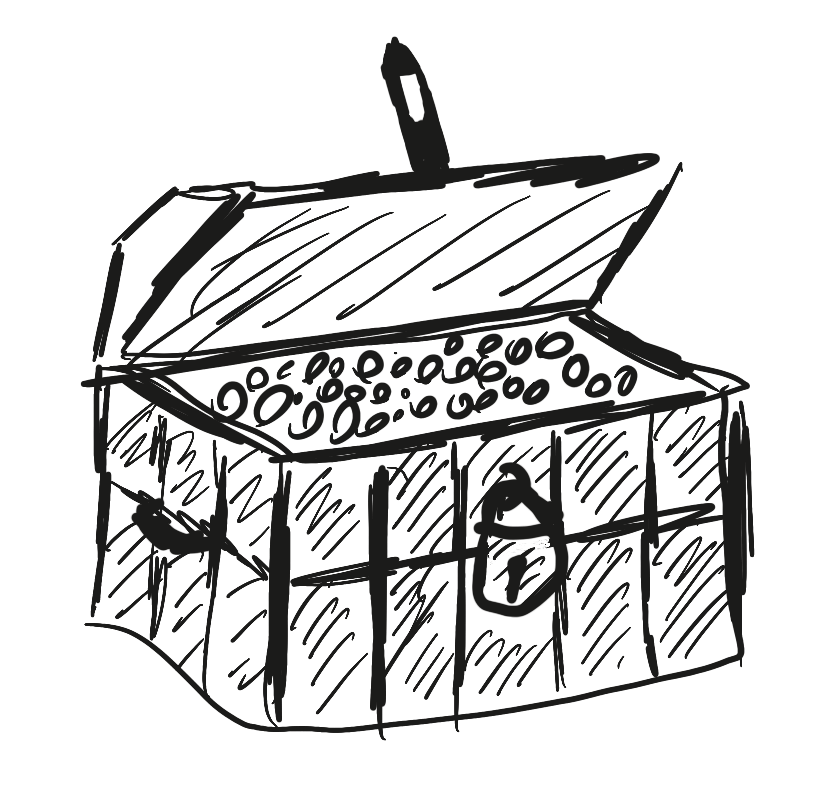
You're here so you obviously understand why having a war chest is a good thing to do.
It saves you on a rainy day, can give you a bit of a financial boost when needed and, really, it just feels good to know you have a safety net.
But, if you're like me, it can sometimes feel hopeless when building it.
Like, I bust my ass for months, stop myself from buying thingss or experiences I want, and in the end what I'm left with doesn't feel like much.
I'm kinda wrong though. Savings do add up over time. Especially if you invest them.
Let's take a look at Dan, one of our beta users. He's on track to save $24k USD per year.
And while that may not be possible for most (Dan makes a low six figure salary). And maybe $24k is still not that much to some.
I still think it's worth exploring how Dan's war chest will look like in 10-20 years from now because there are a lot of well paid people out there still living paycheck to paycheck.
Which we'll do with...
Our compound savings calculator
We've built a simple compound savings calculator to help you understand how your savings will grow.
It's filled with Dan's data now and we used what investopedia says is the average ROI of the SP500, but feel free to play with it.
Now, this doesn't take into account inflation, but it also doesn't take into account that your salary may increase over time.
It's meant to be directionally correct, but it's not meant to be perfectly accurate.
Our point is that if you start building your war chest today, you'll be able to save a lot more than you think.
Start building your war chest today